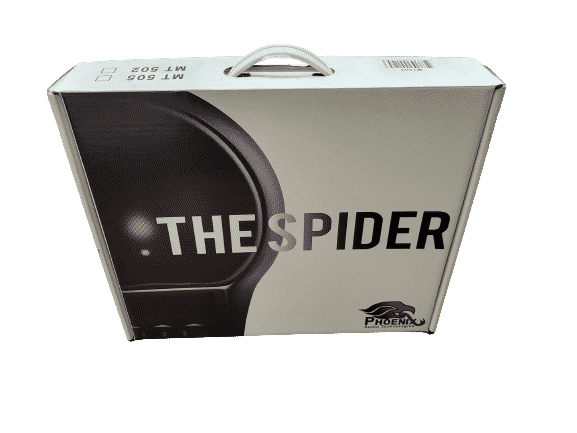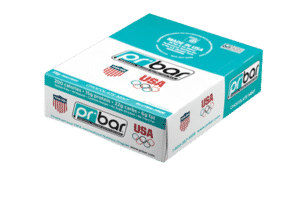Home » How to Adapt Your Custom Packaging in a Recession
How to Adapt Your Custom Packaging in a Recession
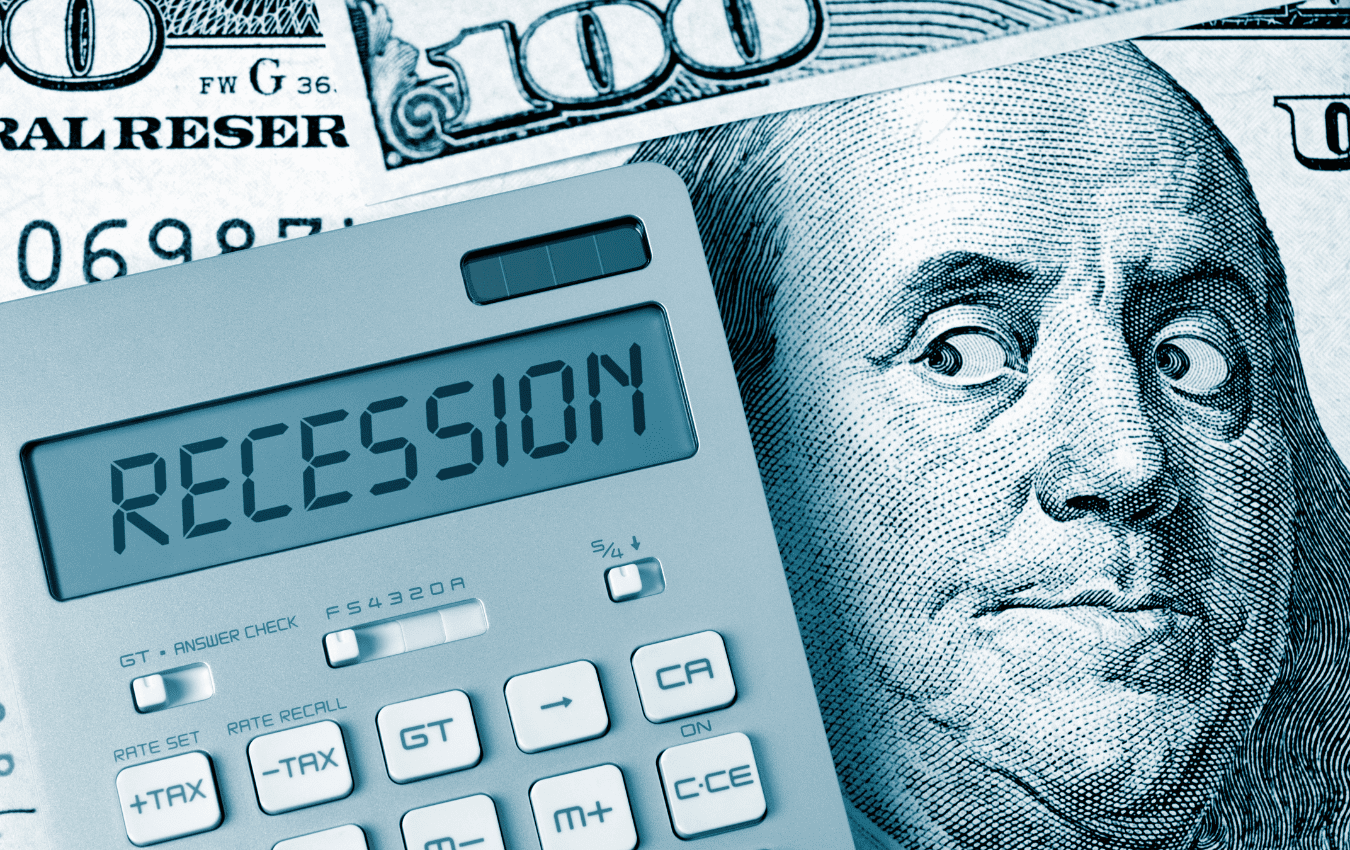
In the past several years the world has faced economic challenges with the Covid-19 Pandemic, supply chain shortages, Russia-Ukraine conflict and other events which have impacted the global markets, potentially causing a new a recession to occur in the United States. Today, many brands and consumers are starting to cut back to adjust to slower economic growth, rising costs and inflation. Often, many businesses find themselves re-evaluating their packaging expenses as consumers are spending less, brands are charging less, and new potential projects are put on hold.
Many buyers find themselves juggling between quality and cost for their custom packaging. Often, many brands will begin sacrificing quality to compensate for the increased cost, which can be damaging to a brand’s consistency, message, and product quality.
Ultimately, packages still need to provide adequate protection for a product and in most cases, they need to make a product appear attractive on the sales floor and retain brand consistency. As a result, brands need to adapt their custom packaging to work best with a recession.
7 Ways to Adapt Your Custom Packaging in A Recession
Consider Selling Economy Sized Products
In a recession, buyers are much more rational with their purchases and are more likely to buy based on what they need. As a result, you should consider selling economy-sized products or more economical versions of your product. More economical products will help you retain loyal brand customers looking to save on cost or buying from a more rational perspective.
Ultimately, by implementing an economy sized product it enables you to continue preserve branding on your packaging with consistency, while providing adequate protection to your product.
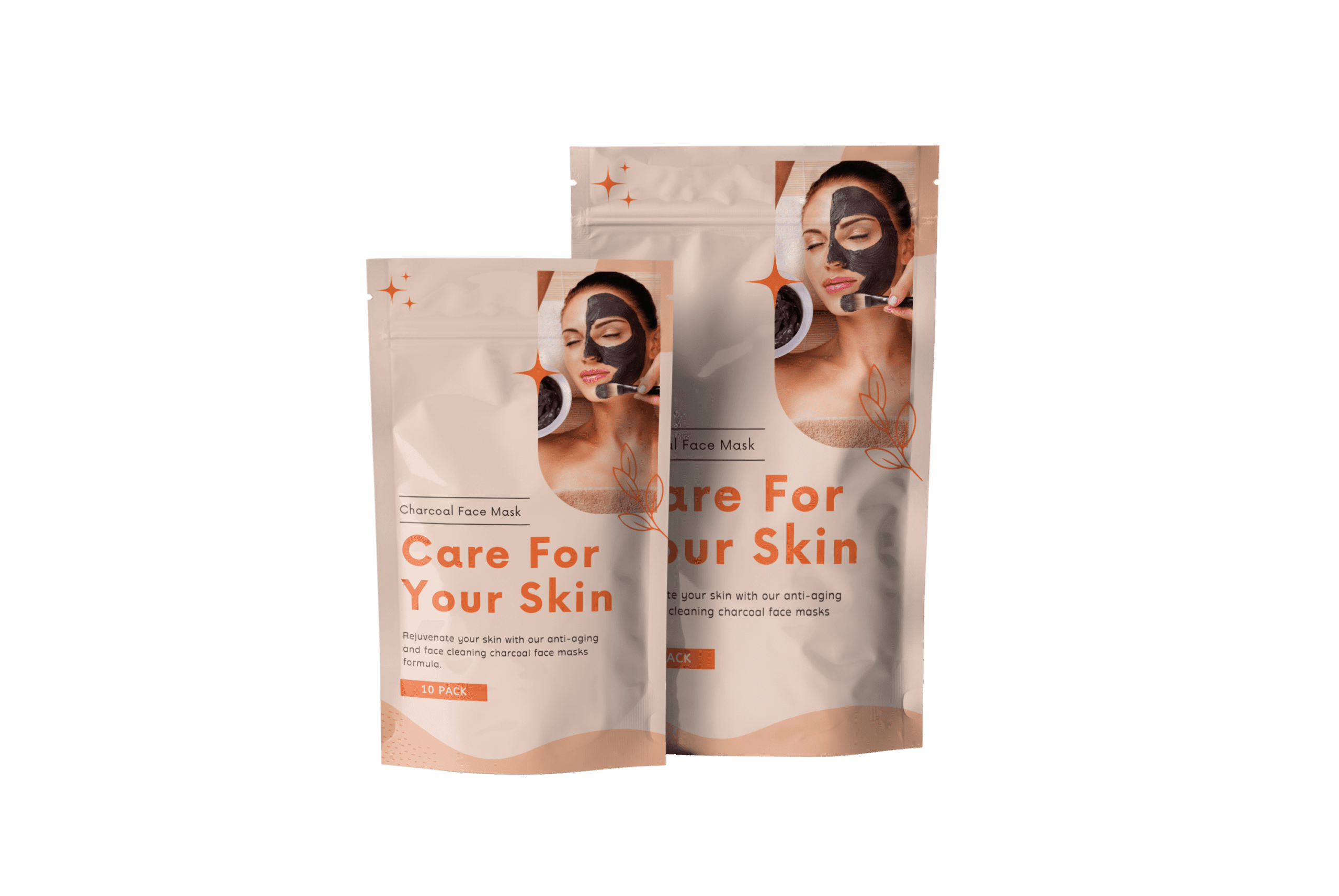
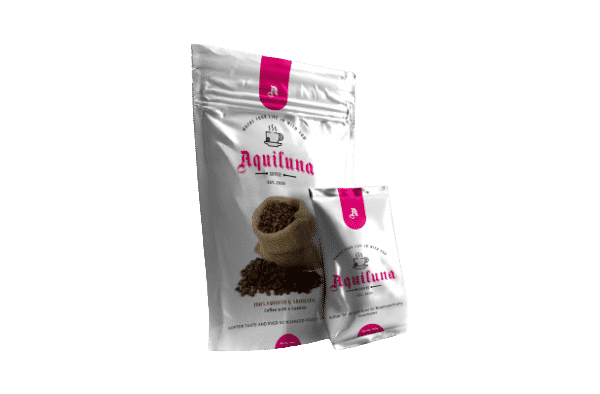
Re-evaluate Your Consumers’ Packaging Preferences
Conditions such as the economy affect your buyers’ buying preferences. Research and evaluate your consumers’ expectations and what they find valuable when it comes to your custom packaging. This can be done with surveys and study groups to analyze consumer behavior and feedback when interacting with your brand and product. Make sure that your audience is a random representative of your target audience to record the most accurate data.
You may find that some packaging features, product information or design are just unessential or unneeded. They may even provide you with insight into what they are willing to pay more for. This can help you allocate your resources in the right place for your custom packaging. After evaluating your consumer’s preferences, adjust your packaging.
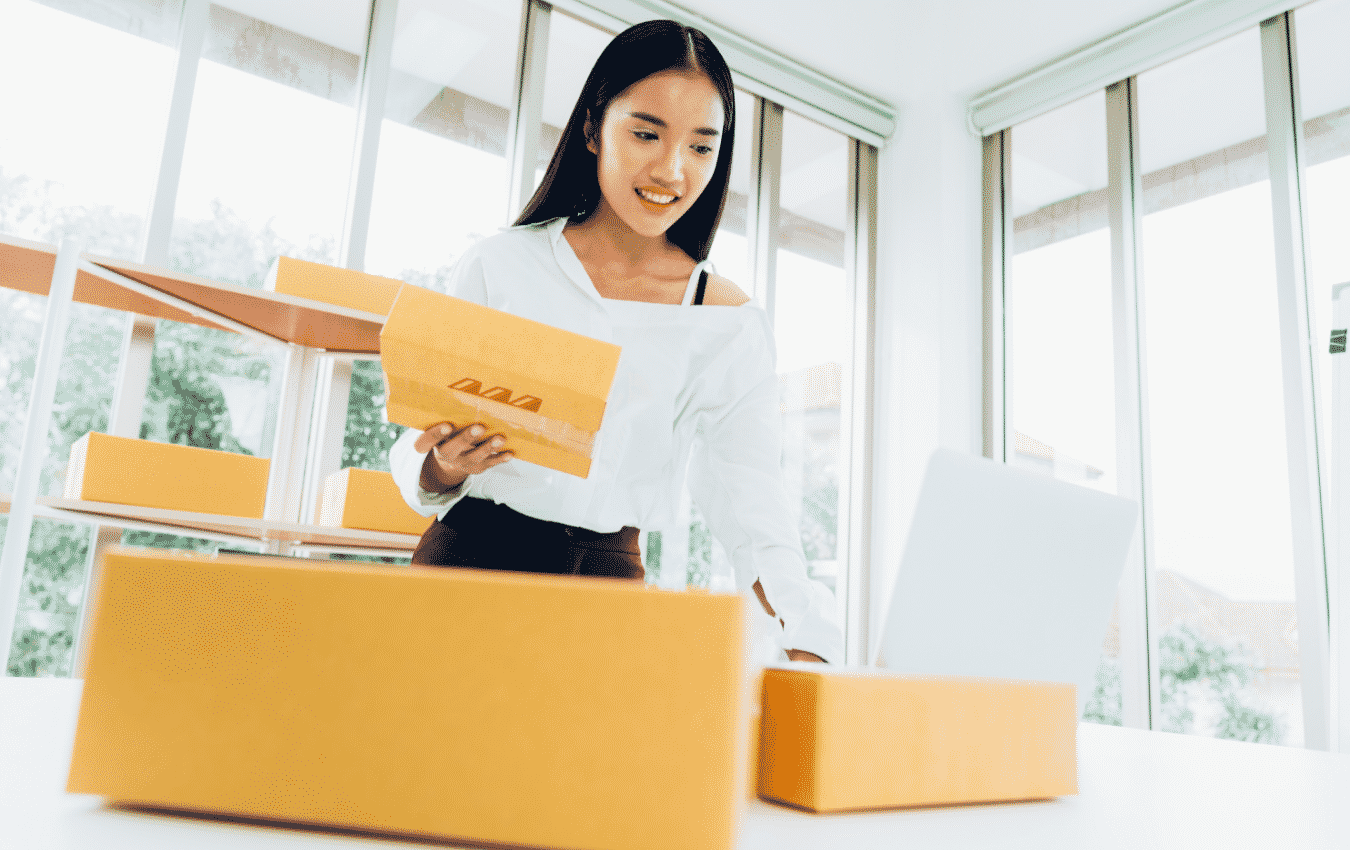
Consider Alternative Packaging Products, Materials and Printing Methods
It does not hurt to explore alternative packaging products, materials, and printing methods for your custom packaging, especially if you have received positive consumer feedback to do so. There are many different types of packaging products, material, and print options available that will vary based on your product and budget.
Due to the complexity and versatility of custom packaging, we recommend you speak to a packaging expert for assistance in finding the right alternative packaging options for you. If you do not have a packaging expert, then partner with Brown Packaging today to explore options.
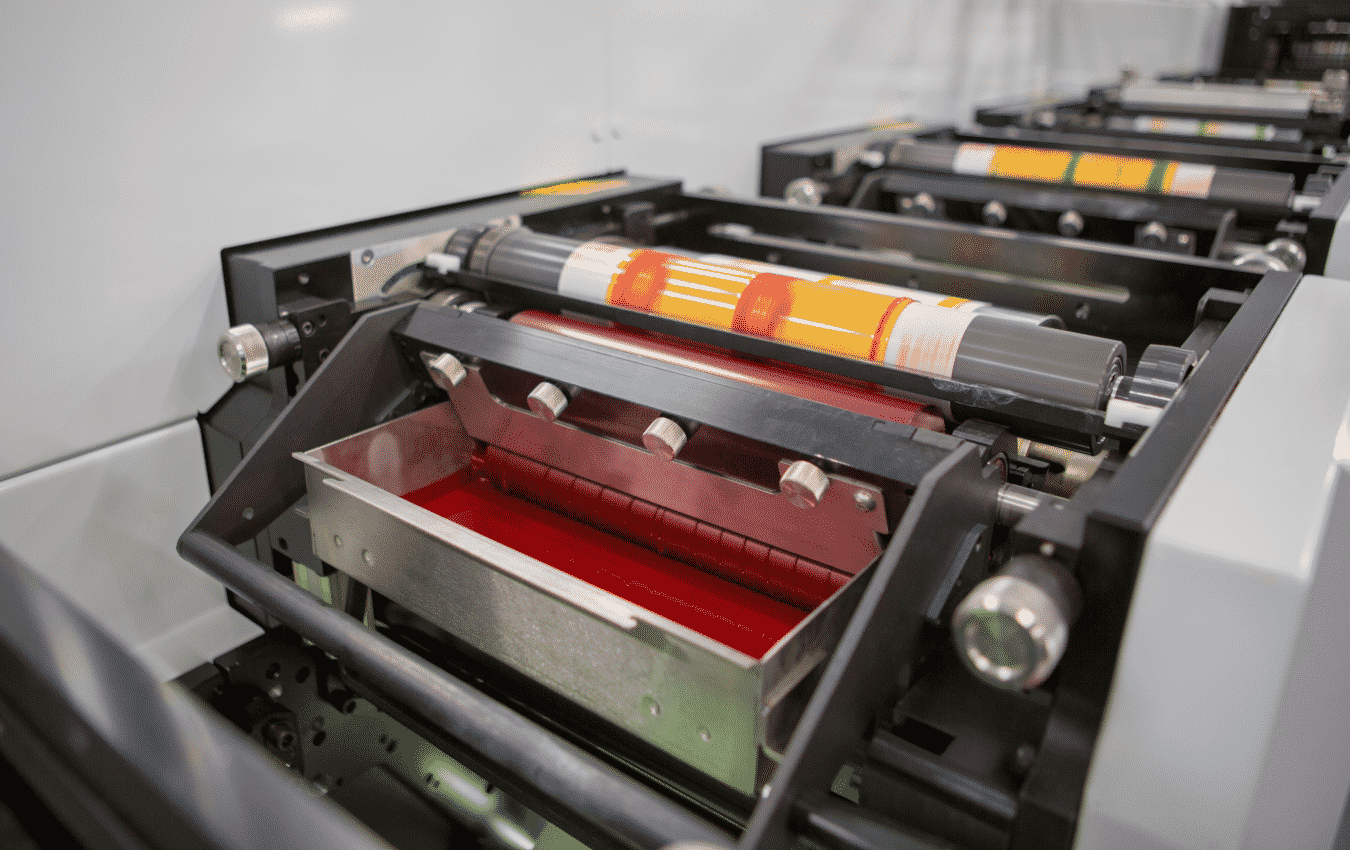
Flexographic Print (Cheaper For Large Quantity Orders)
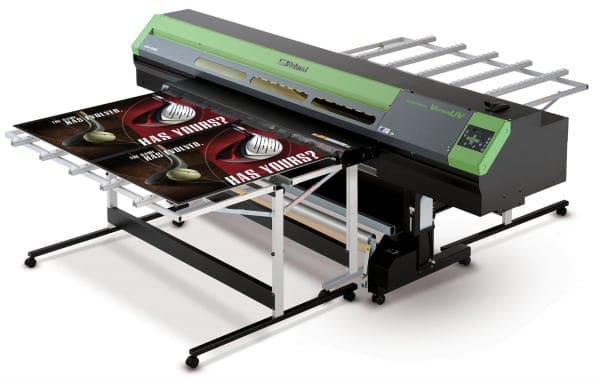
Digital Print (Cheaper For low Quantity Orders)
*Read “Digital vs. Flexo Print: Which Should You Choose?” for more information.*
Optimize the Size and Shape of Your Packaging
Often, many businesses do consider material costs when selecting the size and shape of their packaging. Typically, this is because they order packaging from an online company that does not provide you with the expertise and service of structural design.
Structural design refers to how a packaging product or object is shaped and sized. If it is a box or display, then the design will include all the cuts and folds with measurements. Structural design can help you optimize the shape and size of your custom packaging, which will lead to lower material usage and costs. Overtime with a large enough volume, this can make a huge difference.
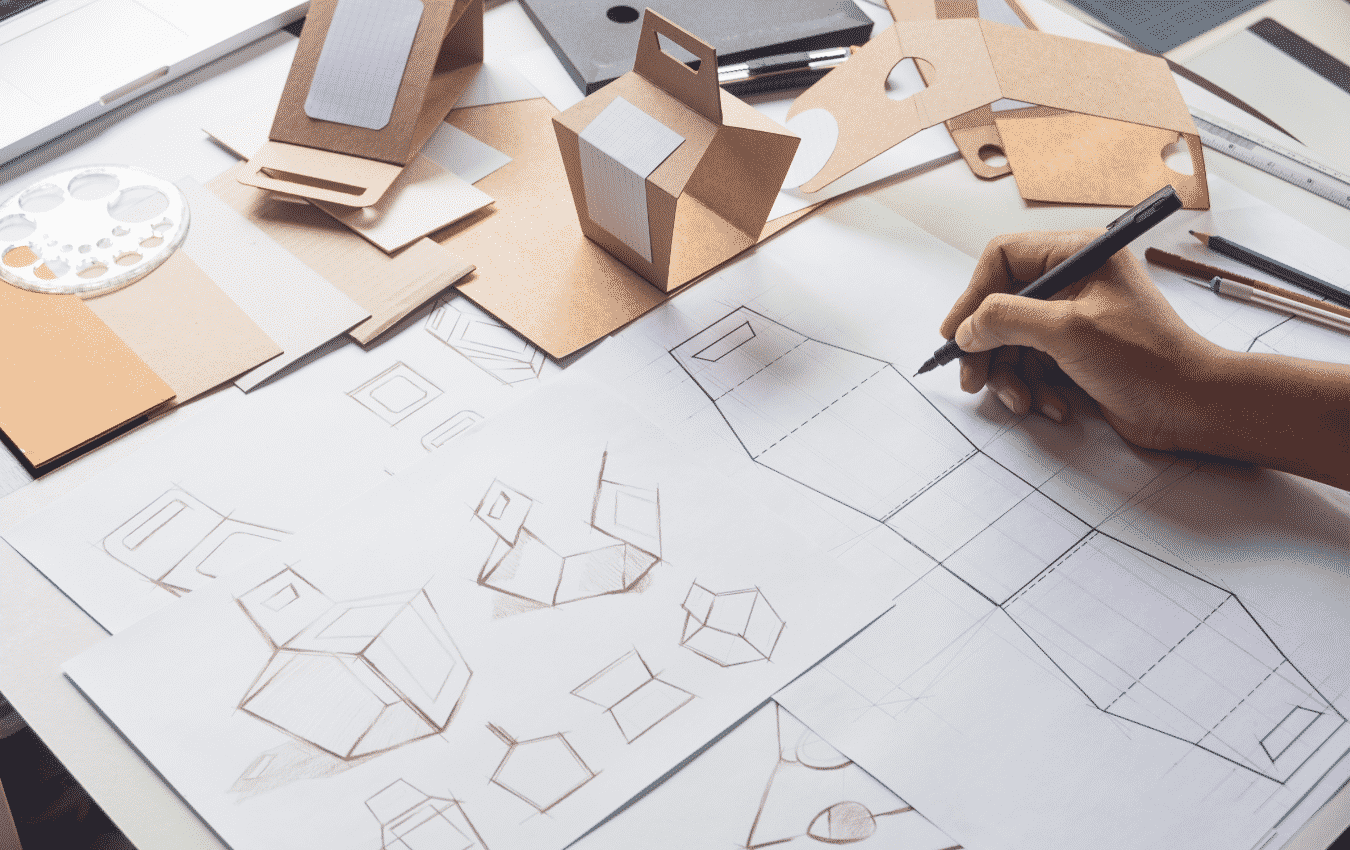
Buy In Bulk
We understand that not everyone can buy packaging in such large quantities as it affects cash flow and inventory levels. However, if you can do so, then we recommend it as the cost per unit decreases as quantity increases. Speak to your current or prospective supplier to explore cost and quantity incentives.
Get Multiple Quotes
Comparing prices from custom packaging companies helps protect you in getting a fair and competitive price. Be sure to request prototypes and samples from each supplier as quality and price will vary from vendor to vendor. Always factor in quality and other factors such as lead time and order minimums capabilities when reviewing a quote.
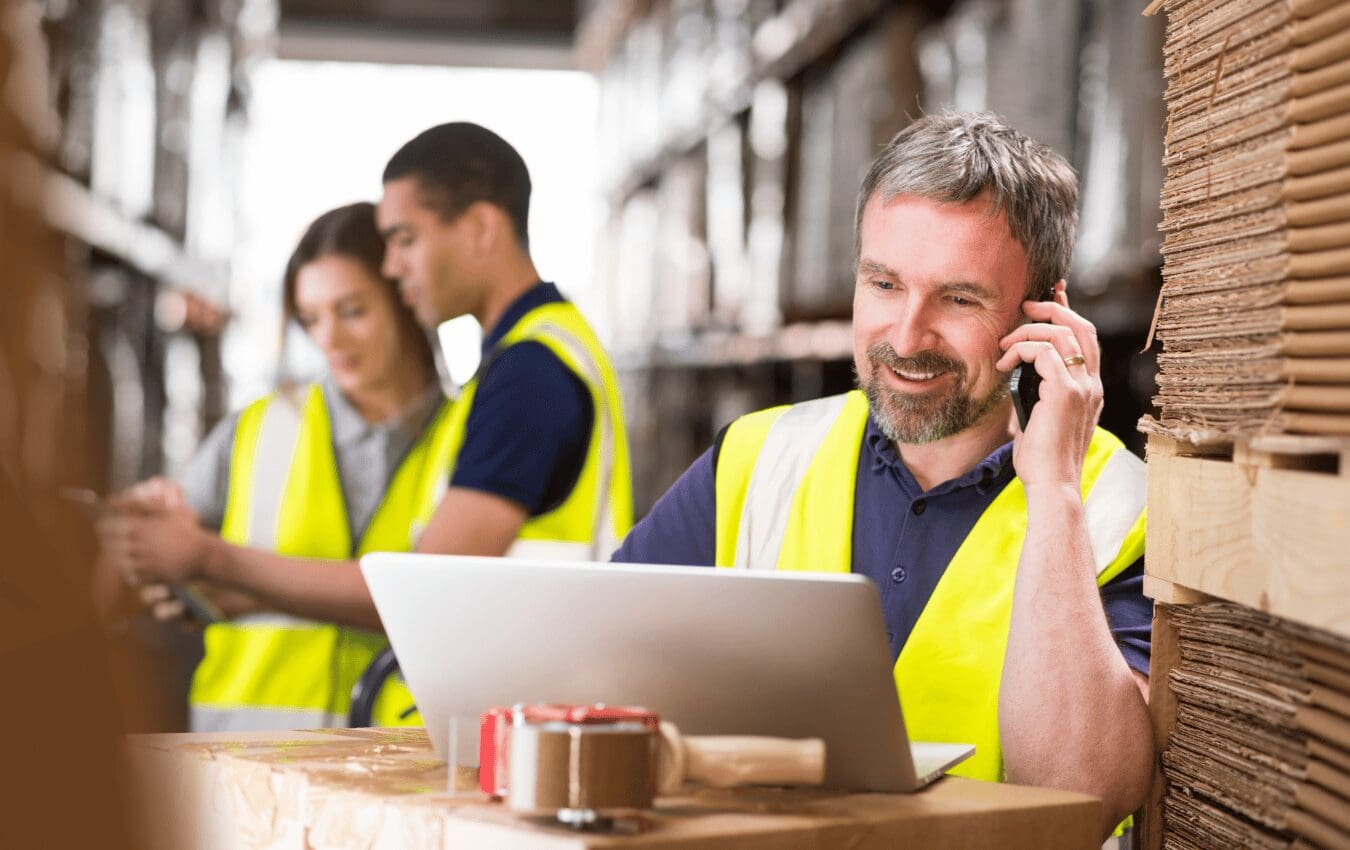
Partner With the Right Packaging Supplier
Often, selecting the right packaging supplier goes hand in hand with obtaining multiple quotes. Not every vendor is going to be the best fit for your packaging project. Essentially, you want to get a supplier that has the resources, capabilities, and drive to fulfill your project to your expectations.
Typically, custom packaging projects are diverse, complex and require a lot of different resources and capabilities to fulfill. As a result, we recommend you partner with a packaging distributor or hybrid supplier that can accommodate all your packaging needs in one place. These packaging suppliers have an advantage over manufacturers by networking with hundreds of different vendors to get you the best value for your project.
Partner With Brown Packaging
At Brown Packaging, we assign a design package expert to each project to help our customers come up with solutions tailored to their needs. With over 30+ years of experience working with different industries and projects during a recession, we have developed solutions that can accommodate you. Contact us today to get started.
Many U.S. businesses currently sourcing packaging from China are facing a harsh reality: tariffs and trade volatility can quickly erode margins and disrupt supply chains.
Rising tariffs and trade restrictions on Chinese manufacturing are accelerating the need for U.S. companies to reevaluate their packaging supply chains. Many packaging buyers who
POP display design must serve two masters — maximizing visual impact in-store while minimizing logistics costs. Engineering the right balance between display footprint, assembly complexity,
Functional features like tear strips, windows, and hang tabs can enhance consumer experience and retail appeal—but they also introduce engineering challenges. Each modification affects structural
Phat Snax is redefining the snack aisle with a mission to make America’s snacks better for you — without killing the flavor. Their products, like
When choosing corrugated packaging, box style directly impacts cost, strength, speed of packing, and customer experience. Two of the most common options are the Regular
Home » How to Adapt Your Custom Packaging in a Recession
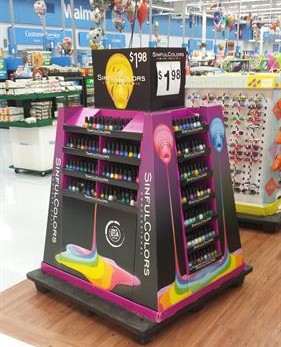
In retail, the ease with which customers can interact with products directly influences their purchasing decisions. Point of Purchase (POP) displays designed with accessibility in

Incorporating recycled fiber into corrugated board is essential for sustainability goals, but it directly affects the mechanical properties of packaging. Understanding how fiber composition influences
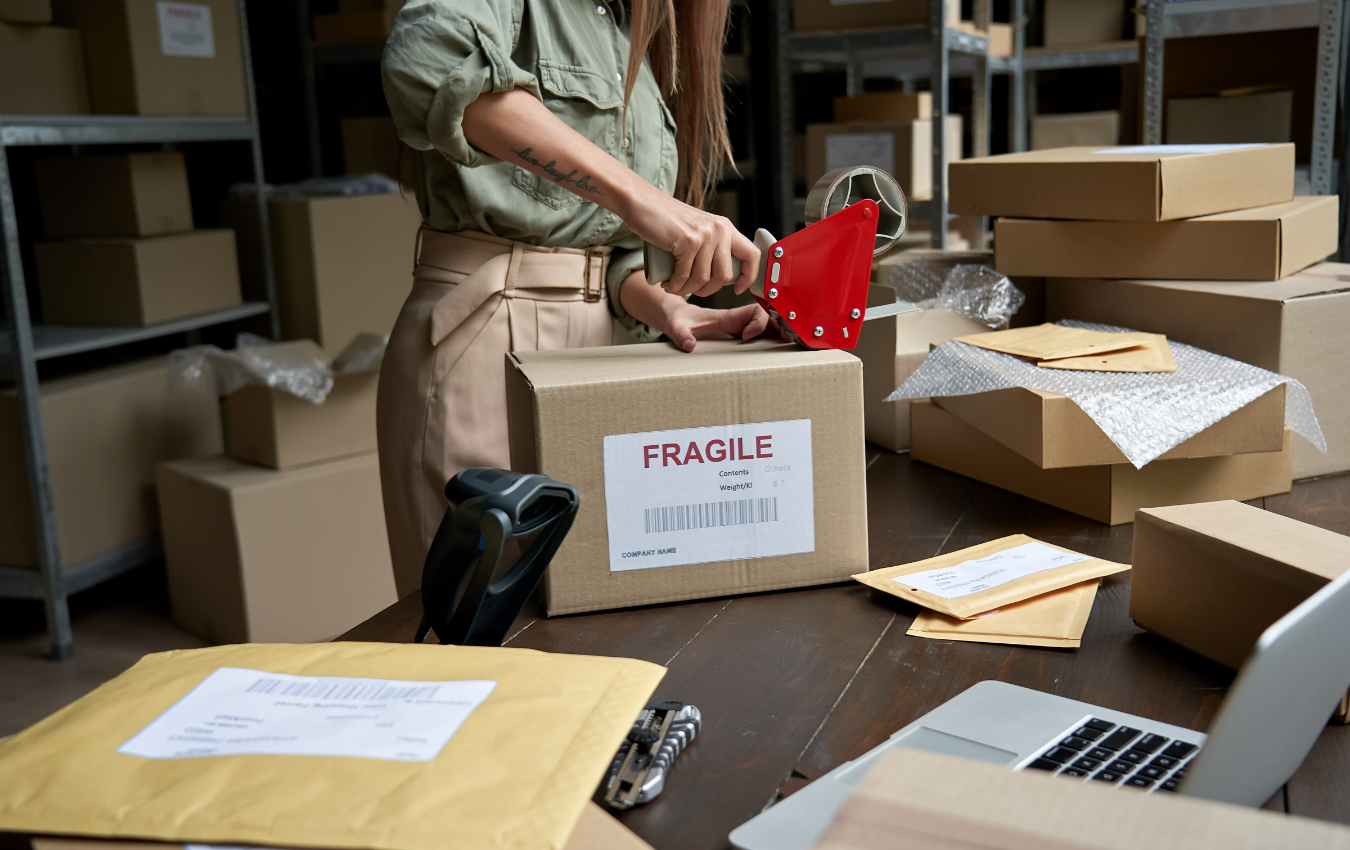
As e-commerce continues to grow rapidly, packaging plays a pivotal role in delivering products safely and creating memorable customer experiences. In 2025, brands will focus


